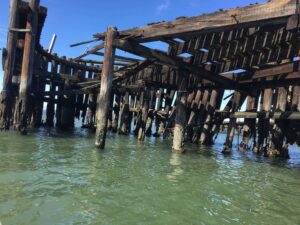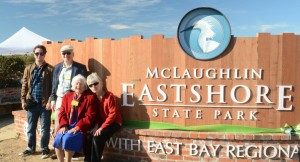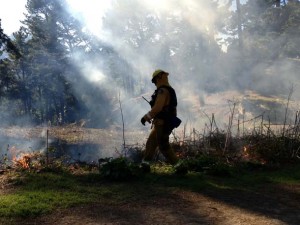After several years of planning, many hours of meetings, and spirited community involvement, the Concord City Council voted on January 12 in favor of a reuse plan for the 5,100-acre Concord Naval Weapons Station, the former base bordering Pittsburg and Concord. The council opted for the “clustered villages” model, which calls for a blend of residential and commercial use served by local transit on 35 percent of the land, while retaining 65 percent as open space, all east of Mount Diablo Creek.
Now, the navy and Concord are drafting environmental documents, and the city is preparing transfer recommendations and amending its general plan.
But don’t think an emerald city will soon rise before your eyes. “Under the best circumstances, it will be five years before any real development happens,” says Michael Wright, Concord’s Reuse Project director. “Considering the economic times, it may be ten.”
Meanwhile, the East Bay Regional Park District is gearing up in case it receives the open-space land. “At some point there will be thousands of people living next to a large watershed and threatened grassland habitat,” says Bob Doyle, assistant general manager for land acquisition. “A sizeable portion of the land should be set aside for people and wildlife.”
While commercial and residential development may take years, the district hopes to make the open space portion accessible as soon as possible.
“The citizens of Concord have advocated strongly for open space. Providing them with access would help them see a return for their advocacy,” says district Senior Planner Brian Holt. Thanks to Measure WW, money is available now to start improvements.
Until then, the golden eagles, red-tailed hawks, burrowing owls, fence lizards, and black-tailed jackrabbits have the place to themselves.




